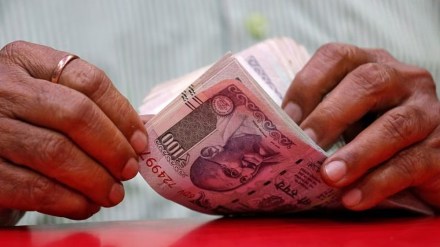The Reserve Bank of India (RBI) received bids worth Rs 1.6 trillion from banks against the notified amount of Rs 1 trillion at the variable rate repo (VRR) auction held on Friday, showing the high demand for cash from lenders due to tight liquidity. Banks borrowed the amount at a weighted average rate of 6.62%.
“This tightness in liquidity is temporary and the situation will improve in the next couple of weeks. We have already seen easing of liquidity at the start of this month,” said the head of treasury at a public sector bank. “Government spending has gained momentum,” he added.
As expected, banks experienced some relief from tight liquidity in the first week of this month. The banking system saw a liquidity surplus of nearly Rs 30,000 crore on June 3 and Rs 50,000 crore on June 4. However, the situation began to change mid-month as liquidity returned to a deficit. The liquidity deficit reached Rs 64,500 crore on June 16 and increased to Rs 98,612 crore on June 17. The tightness further intensified with the deficit rising to Rs 1.5 trillion on June 19.
“The RBI is expected to keep system liquidity in deficit mode as the central bank is not comfortable with excess liquidity in the system,” said a senior bank official.
Banks faced a cash squeeze in May due to lower government spending resulting from the general elections. The deficit stayed above the Rs 1 trillion mark last month, peaking at Rs 2.32 trillion on May 23.
To provide relief to cash-starved banks, the RBI infused nearly Rs 9 trillion into the banking system in May, the highest in the current calendar year, through 11 variable rate repo auctions.
Faced with the rising deficit in May, banks turned to certificates of deposit (CDs) to raise funds. Banks issued CDs worth over Rs 50,000 crore in May compared to Rs 32,860 crore in April.
A repo auction is conducted by the central bank to inject liquidity into the system. Banks can obtain liquidity overnight through the RBI’s marginal standing facility when interbank liquidity dries up.
